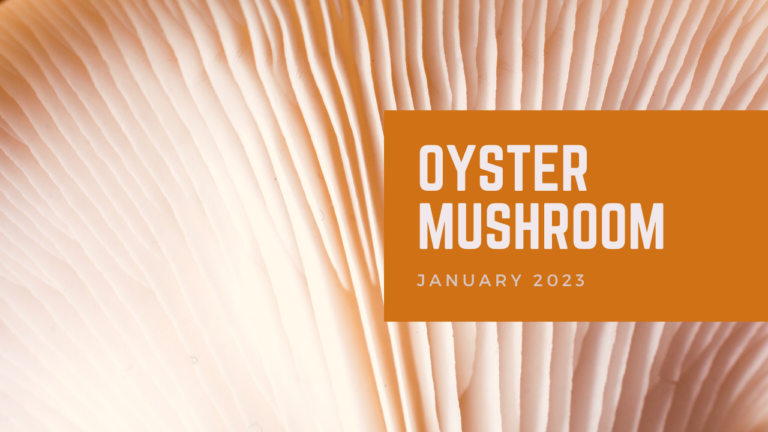Presented by Debbie Bush
June 8, 2020
Botanical name: Prunus mexicana
Common names: Mexican Plum, Bigtree Plum, Inch Plum
Family Rosaceae (Rose)
[MUSIC—EASY AND FUN]
[DEBBIE] Today I’m going to talk about the Mexican Plum, which, despite not having one, is one of my favorite trees. I just love it and I actually can’t wait to get one into my yard soon.
So, the Mexican Plum. Its scientific name is Prunus mexicana. The genus name, Prunus, is the ancient classical name for plum. The species name refers to the tree’s distribution in the southwest. It is sometimes called the Big Tree Plum because it is tree-like and it does not form suckers, and it doesn’t form thickets like other native plums.
The Mexican Plum is a perennial, and it belongs to the rose family. It grows to about 25 feet but can range anywhere from 15 to 35 feet. It has an irregular open crown, and the bark is gray to black. And what’s interesting about this is when it’s a younger tree it has these exfoliating plate-like scales, but as it grows older the bark it becomes deeply furrowed as it ages, which I think is pretty cool.
Okay, the flowers are fragrant, they are white, and they are about three-fourths to one inch in diameter. It is five petaled, and the flowers grow in a loose umbel of two to four flowers. So, the flowers bloom in February, March, and April, and they do so before the leaves appear, like the Red Bud. And the flowers, of course, are an important nectar source for our native bees and they attract pollinators such as butterflies and moths.
The leaves are alternate, simple, and they’re actually quite large for a plum. So they grow about two to three inches wide and up to four to five inches long, and it is deciduous.
The fruit is small with juicy flesh, and it is edible. It can be eaten raw, dried, made into jams and jellies, which is a popular way to prepare it. And, according to Foraging Texas, it can also be made into wine and brandy. The fruit, or droop as it’s called, changes color from yellow to purple as it ripens, and that happens July through September. I took this photo today and you can see that it is still green, so it hasn’t started changing color. For wildlife, birds and small mammals do eat the fruit.
So how can you use it? It is used as an ornamental in landscaping. It can be used as an accent tree or a shrub. It will take full sun to part shade. Water usage is low, which is nice. Soil conditions are dry to moist well-drained soils. It can grow in a variety of types of soils, so anywhere from sandy to sandy loam, clay loam, clay, and pretty much anything in between. It is a slow growing tree, and it can fit into tight spaces in your yard so it’s pretty good in that regard. It is also cold tolerant, it is drought resistant, and easy to grow.
The Mexican Plum ranges from Texas and Louisiana, Arkansas and Oklahoma all the way north to Missouri, Tennessee, Kentucky, and it’s starting to get into Illinois and Indiana. It is usually found growing along the edges of woods and in thin woods. It grows along river bottoms and well-drained prairies.
Here are some fun facts that I learned as I was researching this. The fruit usually has a white coating. And that white coating is a wild yeast, which can be used to make a sourdough starter, which I thought was pretty interesting. And Foraging Texas has a recipe for that so you can google that if you’re interested in making some sourdough. Another thing is, because of its drought resistance and cold tolerance, the Mexican Plum is used as stock for the grafting of cultivated varieties of plum. It is also a larval host for the Tiger Swallowtail and the Cecropia moths, which are the largest moths in North America, so that’s pretty cool. And then for propagation, it can be propagated from cuttings or seeds. Semi-hardwood and soft wood cuttings taken in the summertime root best. And the seed propagation is quite involved so I won’t go over that here, but you can find that information online. And that is what I have for the Mexican Plum.
[MUSIC—AND THAT’S IT]
Resources
Related Posts

Plant of the Month: Woolly Bluestar
Our Plant of the Month for February 2023 is Amsonia tomentosa, commonly known as Woolly Bluestar, Woolly Amsonia, Small Leaved Amsonia, or Gray Amsonia.

Plant of the Month: Oyster Mushroom
Our plant of the month for January isn’t a plant at all, it’s a fungus!
Botanical name: Pleurotus ostreatus
Common name(s): Oyster Mushroom, Pearl Oyster Mushroom

Spotlight on Invasives: Three Bad Actors
Spotlight on Invasives: Johnsongrass (Sorghum halepense), Southern Crabgrass (Digitaria ciliaris), and Dallisgrass (Paspalum dilatatum)

